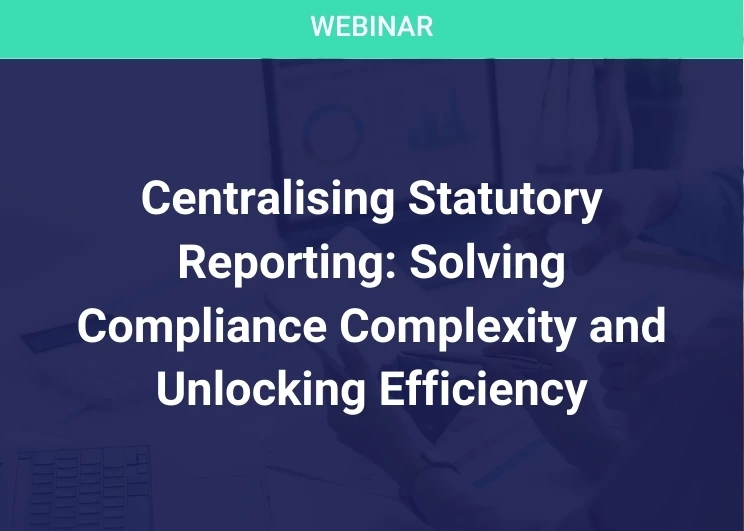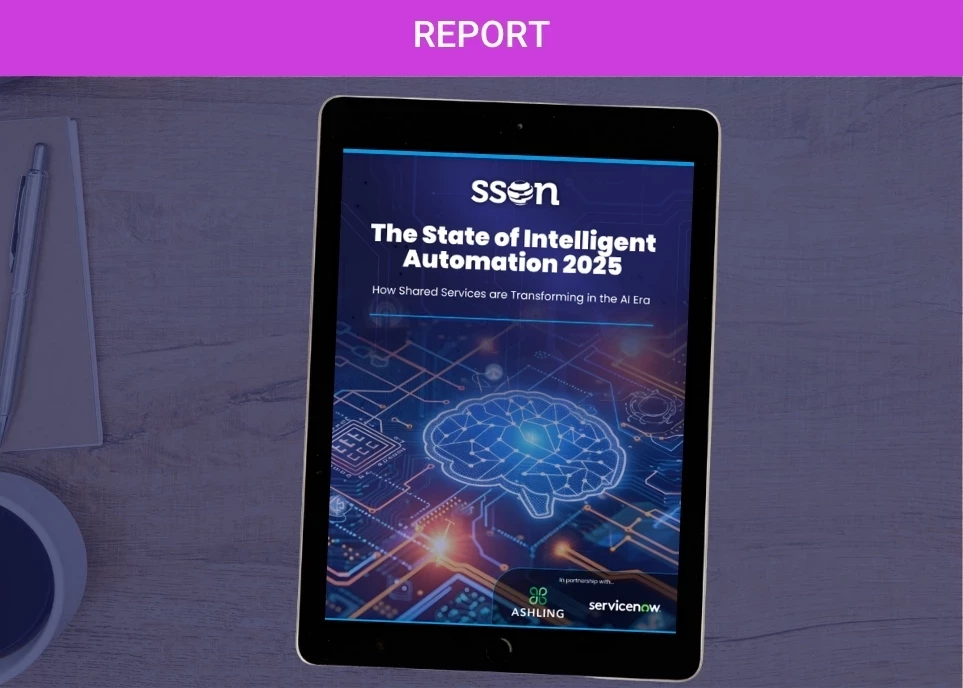Building Bridges: Ensuring IT Is Seen as a Partner to the Business
Bridging the Gap: Transforming IT from a Back-End Function to a Strategic Business Partner
Add bookmark
The Status Quo
For decades, nobody really knew what the “IT Department” was and how it worked. It was operated by a group of people sitting in a basement somewhere and speaking a weird language. All we knew was that if our computer or software broke down, we had to open a help request.
From time to time, our work would be interrupted because some update, upgrade, or patch was needed to improve the performance or security of the applications or Operation System.
More rarely, the “IT Department” would communicate that our beloved and years-old software was going to be replaced by a “state-of-the-art application that would improve our life a thousand percent”. It didn’t.
We would be miserable for weeks or months trying to adapt, some functionalities we didn’t really need and the ones we really needed, sometimes would be replaced by annoyingly inefficient versions.
To add another nail to this relationship coffin, the understandable and logical need from IT to control the applicational landscape, and the assumption from non-IT colleagues that what they have at home, they can have at the office, has turned IT into a mortal enemy and someone to avoid getting involved with.
This lack of connection between IT and the rest of the organization gradually created an almost unsurpassable barrier, to a point where all related to IT was seen as a nuisance and IT itself as a place where all budgets went to die.
Phenomena like the infamous shadow IT are then a natural progression, with no advantage to anyone.
If you are an IT professional like I am, and for as long as I am, you have heard for sure this clear separation between IT and “the business”, as demonstrated even by the title of this article. I may be wrong, but there is no other organizational area with such a clear and deliberate frontier.
As a consequence of this situation, in recent years there was even, in my opinion, a deliberate strategy from software vendors to approach non-IT areas of the organization, promising “they would not need IT” to roll out and maintain their platforms.
This only widened the gap between IT and the rest of the organization because, as it was very quickly demonstrated, no major software platform gets rolled out without the support of IT. I would even risk saying that, at some point in time, everything IT-related gets back to the IT Department.
This is one of the key aspects to turn this status quo around. If IT gets involved every time, willingly or forced to, why not try to have it under IT’s terms?
The Pivotal Moment
The rise of citizen development with no-code/low-code platforms and the democratization of Artificial Intelligence access and usage took the IT universe by storm. On one hand, the risk of having shadow IT spawning out of control was very significant.
On the other hand, non-IT colleagues started to realize that IT, especially development, was not all fun and games. Developing can be in fact fun, but then comes the job that nobody values: support and maintenance.
It was now painfully clear that having a patchwork of applications and platforms was an absolute nightmare for technologies such as RPA.
Increased demand for AI brought to light that IT infrastructure is expensive, very expensive.
One might say that this was the moment for IT awareness.
“The business” now had enough technological know-how to understand the importance of information technology in all its shapes and sizes but, at the same time, the realization that they could not do it alone.
Nowadays, technology evolves and develops at insane speeds, speeds that IT personnel know well and have the depth of knowledge to be able to spot the hype and fence off the shiny object syndrome.
It was the moment for business-led, IT-supported projects.
The Strategy
The traditional role of IT will never disappear. There will always be the need for updates, upgrades, and patches, someone to roll them out, and someone who will be annoyed by it. Our work will always be interrupted by a sudden urgent operating system patch. We will always have to open support requests.
IT now has a role to play that should have always been present. IT sees the bigger picture when it comes to introducing technology into the organization and asks the crucial questions:
· What is the infrastructure needs and what do they cost?
· What are the potential security risks?
· If the same functional outcome could be reached by a simple integration between existing applications instead of investing in yet another software tool.
· What is true and what is only wishful thinking regarding the capabilities of a technology or software?
IT personnel are accustomed to being always up to date, riding the technology wave, and avoiding the hype icebergs.
At the same time, tech-savvy, non-IT colleagues are new-found sparring partners who bring the functional know-how into the technological discussions.
Functional requirements can be more easily understood and the mismatch between what the business needs and what IT delivers is smaller.
IT should position itself to be a valuable consultant to the rest of the organization. It is still needed to say “no” many times but now, if well explained, it is better understood and framed.
Proactiveness is also a necessary mindset change. IT should not wait for the business to come and ask for consultation and support. Why wait?
Having an organization well informed and aware of technological advancements and having that information coming from within, via IT, and not solely from external sources, creates a sense of trust and confidence that, if the organization needs it, IT will be there to support and advise.
This can bring some control back to IT, but not in a machiavellian way.
In summary:
· Be Visible. IT should not hide behind an imaginary tech barrier. That barrier is falling very quickly, and the organization needs to see IT as approachable experts, not mysterious hermits.
· Communicate. Part of that approachability is reached via communication. Both reactive and proactive.
· Be Present. IT needs to understand business processes so it can better support and advise, especially when being part of a GBS or Shared Services organization.
Finally, two important messages to keep in mind.
Digital transformation might be business-led, but technology is still IT’s territory.
“The business” is not an enemy that we need to keep closer, we are all “business”!
Looking to learn more about positioning your IT team as a strategic asset? Well, Precisely is hosting a webinar- Streamlining SAP Master Data Processes: Insights from Home Depot, Johnson & Johnson, and More. This session is a must-watch if you are looking to get the most out of your data! Register today.






















